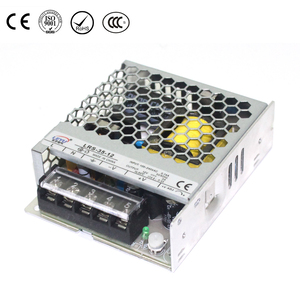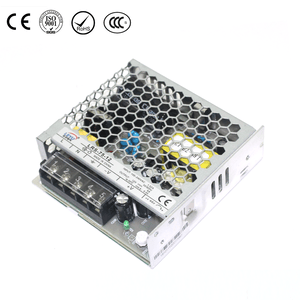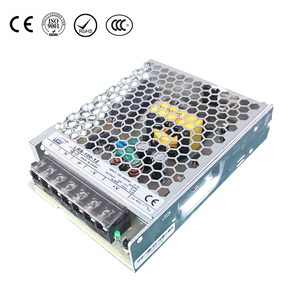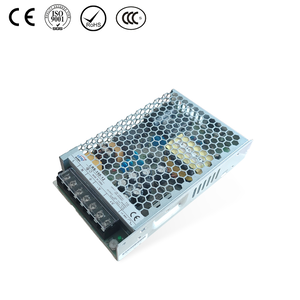Switching Power Supply Safety Precautions
Date:2025-06-09 09:12:33 Visit:652
1. Introduction
A switching power supply changes wall power (AC) into steady DC power using fast switching. It works well and takes up little space. But it has high voltage, gets hot, and can be a fire risk. So, safety is paramount when using it.
2. Common Risks
- High Voltage Shock: Mains-level voltage can exceed 200 V AC input, leading to a dangerous DC bus.
- Stored Energy Hazard: Large capacitors retain charge after power-off.
- Heat Build-Up: Poor ventilation can damage components and start fires.
- Fire Risk: Wiring mistakes or metal debris inside can cause sparking.
- EMI / Component Failure: Faulty transformers or switching parts can fail catastrophically.
3. Top Safety Precautions
3.1 Proper Voltage & Rating Selection
- Match input/output specs. Overrate capacity by 30% for motors or cap loads.
3.2 Ensure Good Grounding
- Connect the chassis ground properly. Choose Class I or certified Class II units.
3.3 Avoid Opening the Enclosure
- Don’t run SMPS open-frame. Power off and wait before opening.
3.4 Provide Ventilation & Heat Management
- Avoid covering vents. Ensure good airflow and proper torque on mounting screws.
3.5 Avoid Metal Debris & Foreign Objects
- Shield SMPS during installation to avoid falling metal pieces.
3.6 Discharge After Power-Off
- Use bleeder resistors. Test with a multimeter before touching.
3.7 Use Isolation Transformers During Testing
- Prevent ground loop hazards in lab testing. Use various for a soft startup.
3.8 Insulate Live Conductors
- Cover terminals with heat shrink or tape. Use strain relief on cords.
3.9 Install Fuses & Protective Devices
- Use correct input/output fuses. Add thermal, over-voltage, and overload protection.
3.10 Certify SMPS Components
- Buy IEC/UL/CE certified models (e.g., IEC 62368‑1 for general or IEC 60601 for medical).
4. Tools & PPE
- Insulated tools
- Isolation transformers
- Oscilloscopes with isolated probes
- Safety glasses, gloves, anti-static gear
- Protective enclosures
5. Checklist: Do’s & Don’ts
| Do | Don’t |
|---|---|
| Match rated voltage/current | Use under-rated units |
| Proper grounding | Operate without grounding |
| Let capacitors discharge | Assume unplugging = safe |
| Enclose terminals | Leave live parts exposed |
| Use PPE and proper tools | Work while powered |
| Allow airflow | Cover vents |
| Buy certified units | Bypass built-in protections |
6. Key Takeaways
- High voltage and residual charge = real dangers.
- Use enclosures, ventilation, and grounding.
- Handle with PPE and testing equipment.
- Follow certifications for assured safety.
7. FAQs
Q: Can a switching power supply shock you after unplugging?
A: Yes. Capacitors can hold charge. Wait 5+ minutes or use discharge tools.
Q: Is it safe to use without a load?
A: No. Some SMPS require a minimum load to operate safely.
Q: Should I use an isolation transformer when testing?
A: Yes, especially when working on the primary side.
Q: What certifications are required?
A: Look for UL, CE, IEC 62368‑1 or 60601 depending on the application.




-134213.jpg)



